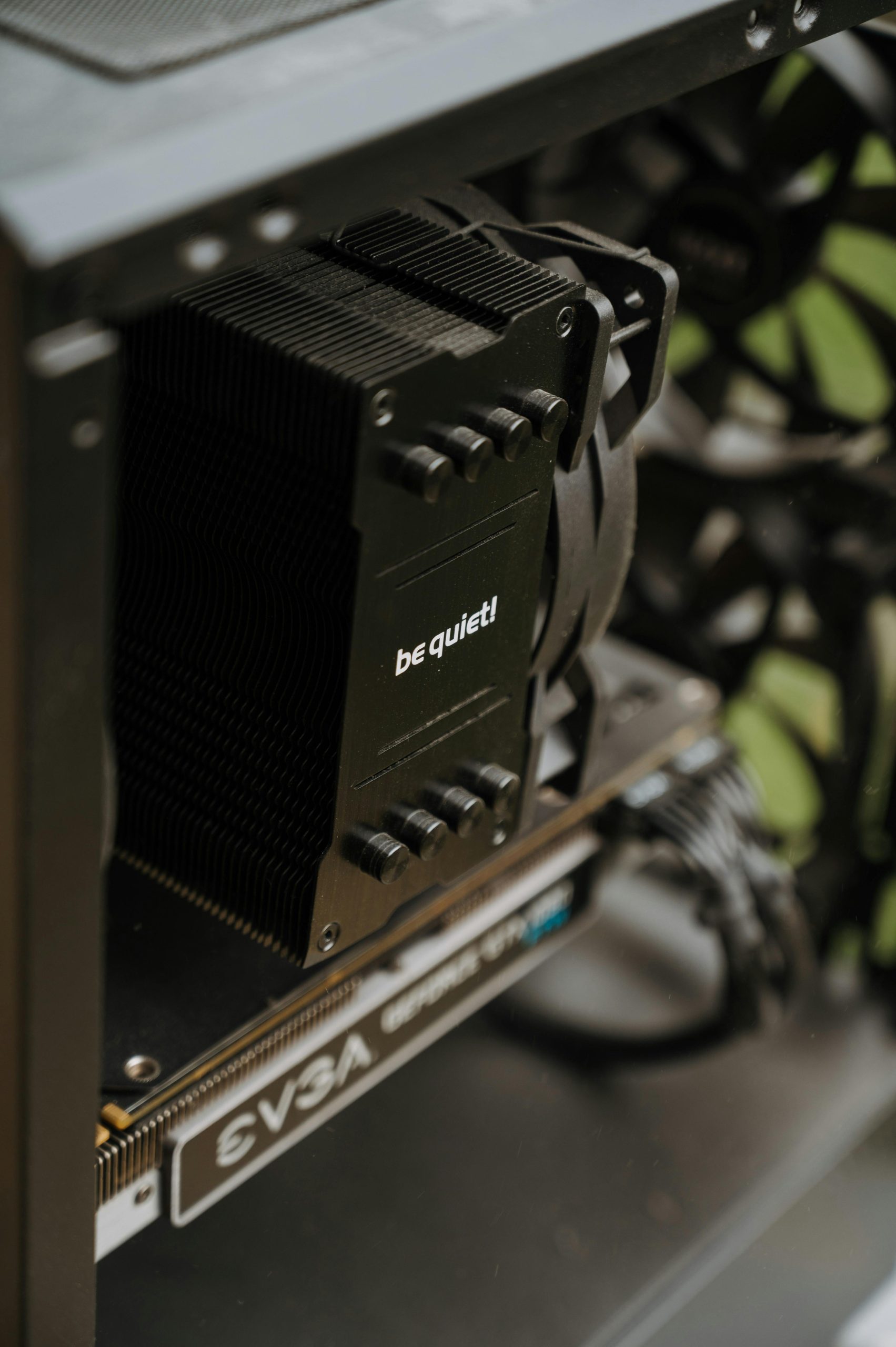Troubleshooting GPU Issues: A Guide for the 1060 Ti Founders Edition
Hello, fellow tech enthusiasts!
I’m reaching out to share a perplexing situation I’ve encountered with my NVIDIA GeForce GTX 1060 Ti Founders Edition. Recently, the GPU has been exhibiting some unusual behavior—specifically, it only operates at low resolutions. I suspect that the issue might be related to its connection to a supplementary 6-pin power connector; could it be drawing more power than my power supply unit (PSU) can provide?
In an effort to resolve the problem, I attempted a clean installation of the operating system. However, every time I try to install the NVIDIA drivers, or even when Windows attempts to do it automatically, my screen goes completely black. Interestingly, the GPU does continue to function, but only at lower resolutions, which I’ve observed during BIOS access, fresh OS installations, Safe Mode, and even while using various Linux distributions.
I would greatly appreciate any insights or recommendations you might have to help troubleshoot this issue. Your advice could be invaluable! Thank you in advance for your support! ❤️
System Specifications:
- Motherboard: Mono Gigabyte AB350
- Processor: AMD Ryzen 7 1700
- Power Supply: EVGA 550W
Let’s collaborate to find a solution!
Share this content:




Hi, thank you for sharing detailed information about your GPU issue. Based on your description, here are some troubleshooting steps and considerations that might help resolve the problem: